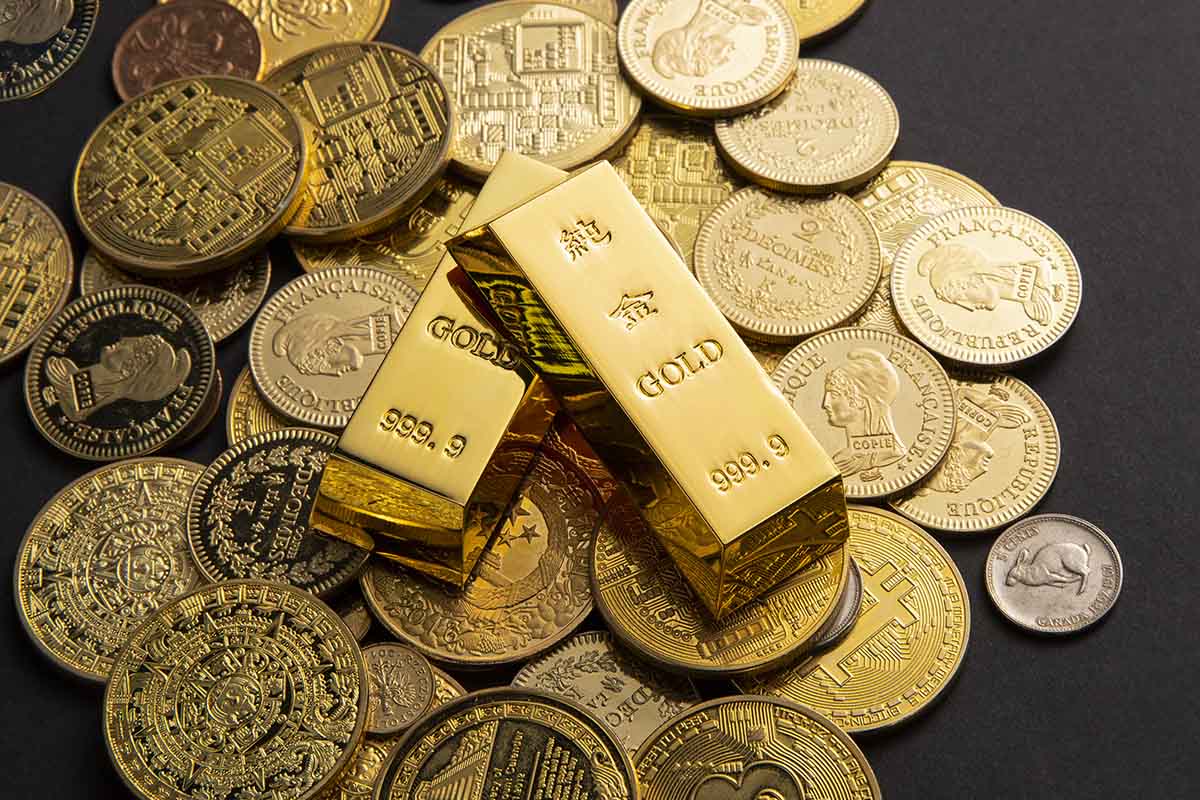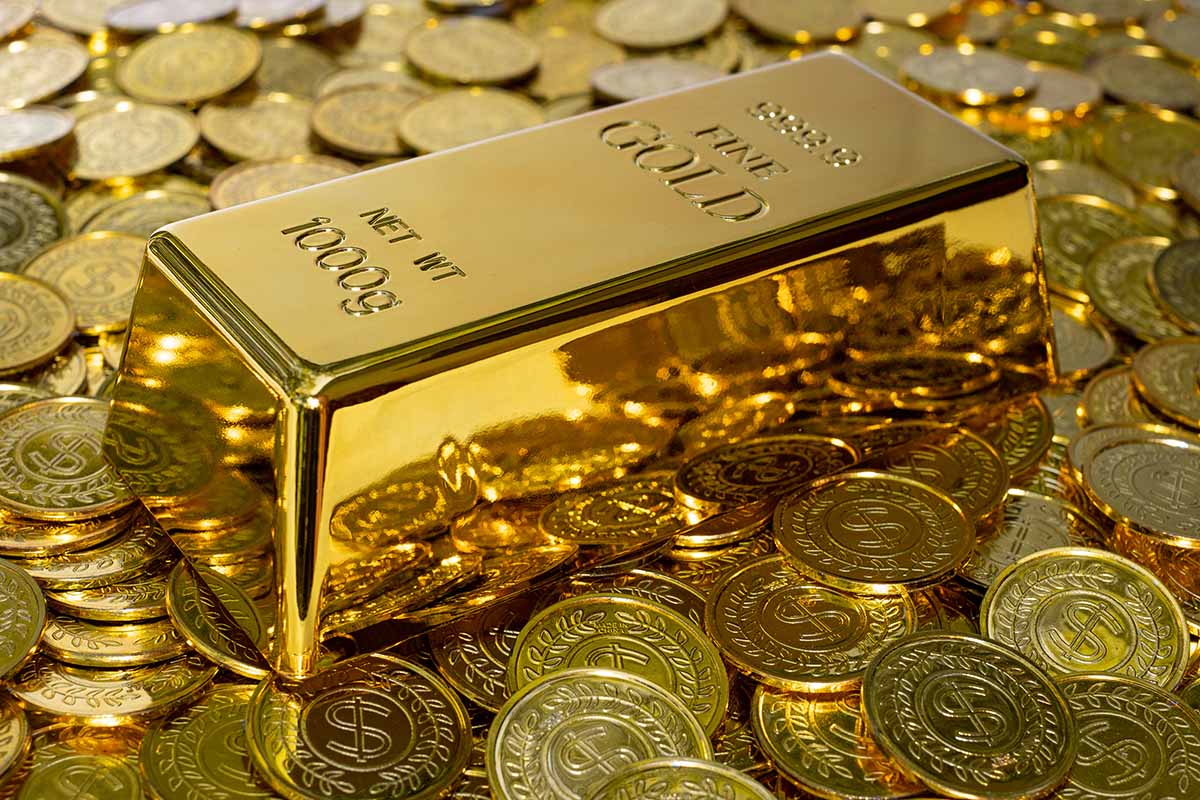Why Do Shrewd Investors Choose To Invest In Gold
A priority when establishing an investment strategy, regardless of the age you develop it, is considering if it will be retirement-proof. That will involve protecting the assets as they grow to reduce the risk of significant loss. One method for safeguarding wealth is diversifying investments.
You can do that with “paper” by layering the threat within the class. Stocks are most likely to produce the most significant gains more rapidly than other options, but bonds can help to level that risk.
Still, investors look for more substantial stability in the form of an individual retirement account or IRA, only a special option. A self-directed IRA allows alternative investments like precious metals.
These give that extra layer of stability since they correlate in the markets differently from “paper.” Gold, for instance, has a history of holding steady in the wake of uncertainty and has even had the occasion to rise in value when times are difficult.
Check this gold IRA guide for details on how these accounts work, and then consider the advantages of this investment for your portfolio.
Why Do Shrewd Investors Choose To Invest In Gold
Regardless of the age you start traditional savings or begin investing, the wealth will need to be protected from the threat of loss. The ideal way to do that is by diversifying assets.
When investing, “paper” assets are usually the foundation of an investment portfolio with stocks as a primary since these are often rapid producers but also create the greatest risk. Bonds tend to level that threat.
Still, investors prefer to hedge further, looking ahead to retirement with an individual retirement account that holds a physical commodity like precious metals.
These self-directed IRAs allow unconventional investments meant to protect wealth since the asset classes correlate differently with the markets than paper classes, especially gold. Go here to gain insight into gold IRAs as a beginner.
With gold, IRA investors have a choice of metals according to IRS stipulations, including gold, silver, palladium, and platinum, plus designated coins that cannot be rare or collectible. The guidelines established by the government body for precious metals are based on weight, purity, and other variables. These state:
- Silver: 9% pure
- Platinum: 95% pure
- Gold: 5% pure
- Palladium: 95% pure
When working with a legitimate gold firm, an expert will share these guidelines and other pertinent information to guide you toward compliance with government regulations.
What Are The Advantages Of A Gold IRA Investment
Precious metals, especially gold, are a considerable, costly investment. Still, many involved in the industry find it advantageous for many reasons, including its reputation as a “store of value” and wealth protection.
That’s whether you buy bars, coins, or rounds. Let’s look at some benefits of holding gold in a self-directed IRA.
The potential for increasing value
With a conventional IRA, the value is based on the growth of the traditional assets, usually “paper dominant,” and how well they perform correlates heavily with the economy. If the economy is uncertain or on a downward spiral or the market is volatile, the asset tends to see a loss.
The demand for precious metals, especially gold, is relatively stable. It’s noted that it doesn’t correlate with the economy, but that’s only partially accurate. When people fear that the dollar will decrease in value, markets will crash, or the economy will be in trouble, many turn to gold.
That demand, in turn, increases its value. The market inadvertently affects gold and other precious metals as a fallback when things are rocky. That means if you’ve invested in gold or one of the other metals, it will hold steady or even rise when there’s uncertainty, making it advantageous to have a little bit in your portfolio.
Invest In Gold: Will diversify but do so on a small scale
Most gold firms recommend that investors only add no more than 10% of their retirement wealth to precious metals. The point is to diversify the assets and prioritize the risks appropriately. Gold, platinum, silver, and palladium are unlikely to perform at the pace that stocks are lauded for.
If the goal is to build wealth, you should establish a strategy to do so adequately with stocks, bonds, and other paper investments as the foundation, and the holdings denoted to reduce the risk posed by some of these primary assets will do so with a lesser volume.
There’s no hard and fast rule indicating precious metals are immune to risk or even loss when there’s uncertainty. The benefit is that they can see a rise when times are tough, but prices can fall once the recovery period sets in. While investing in metals is wise, it’s smart to do so on a smaller scale.
The control belongs to the account owner
While you will employ the services of a specialized custodian in self-directed accounts that hold precious metals, you will maintain control of the assets you invest in.
The custodian won’t be able to lock you into a particular class, as might be true with a conventional IRA, where the custodial service chooses on your behalf. That makes you responsible for gains, potential risks, and losses that come with those investment opportunities.
Invest In Gold: Final Thought
One way to protect wealth as you establish it is to diversify your portfolio holdings. An investor usually has a “paper” heavy investment plan with stocks as a primary focus since these produce rapidly.
In order to declare a successful, robust strategy, there need to be layers of less risky assets or those that correlate with the markets differently. Many investors looking ahead choose to incorporate an IRA but select a particular self-directed individual retirement account that can hold unconventional assets.
This allows holding physical commodities like precious metals, an ideal method for diversifying a paper-heavy portfolio. While there are advantages to gold and other precious metals, they’re not without risk, making it necessary to keep the volume low.
The suggestion is to have at most 10% to protect retirement wealth and provide stability among the assets.




















